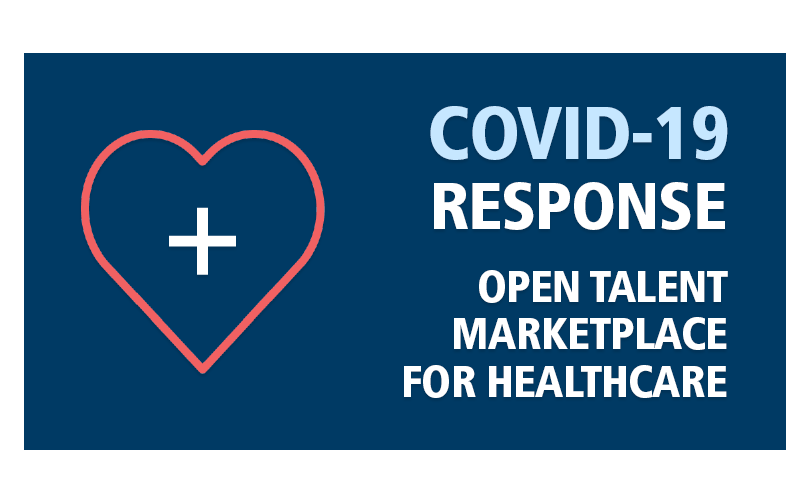
Roundtable Discussion #2
COVID-19 is a fluid, and unprecedented situation. Open cooperation among providers, peers, and colleagues is one of the ways we will get to the other side of this challenging time. With a focus solely on helping organizations effectively manage their staff – day-to-day, short-term, and long-term planning – Avantas is holding weekly, all-client calls as a platform to share strategies and learnings from across the country.
In our second roundtable discussion, Avantas facilitated a discussion around the best ways to utilize various locations and methods to triage patients, staffing ratio considerations, how to leverage existing float pools or “buckets” of staff through a centralized staffing approach.
Here are the learnings from our second call, setup in a challenge – solution dialogue.
CHALLENGE:
Have any health systems increased their staffing at Urgent Care or primary care offices to take care of patients? The thinking being that patients with Upper Respiratory Infections (URIs) would be routed to dedicated clinics and patients who are not showing symptoms of URIs to other locations.
SOLUTIONS:
No clients on the call utilized the approach that was inquired about, however, additional strategies were shared.
One health system has utilized the following process for outpatient care:
- They have transformed a larger internal medicine facility into a dedicated COVID-19 clinic.
- They are utilizing telehealth services to triage symptoms and are then able to make recommendations on follow-up care.
- Only patients who are having trouble breathing are routed to the ED; the objective is to keep as many people out of the hospital as possible unless there is a need.
Another organization is doubling down on phone triage to help patients access the care they need from the most appropriate facility, if they cannot stay home and recover. They utilize a pre-determined script to help operators triage for the following:
- Patients who are in the low-risk category are cared for via telehealth services.
- Higher risk patients who are symptomatic are treated in dedicated clinics.
- Patients who are having trouble breathing are sent to the emergency room.
- Urgent Care clinics have actively recruited more providers to be able to keep as many people at the telehealth or clinic level so the majority of patients can stay home and out of the hospitals to recover.
- Patient fees to be seen for COVID-19 are waived by this facility using an online code in an effort to keep them out of the hospitals and utilizing telehealth as much as possible.
CHALLENGE:
Are any organizations tracking incremental labor costs (from adjusting staffing ratios) that relate to COVID-19, thinking that they might see a change in reimbursement at a later point in time?
SOLUTIONS:
One organization shared that they chose not to adjust their patient-to-staff ratios. By not adjusting, they can track how far out of the “normal range” their staffing hours were in response to the crisis. Additionally they did the following:
- Moved all COVID-19 patients to a 1:1 ratio.
- They are utilizing a blended model of care for COVID-19 patients on those units.
- This facility has, in one pay period, accounted for an extra 144 hours of additional care on their COVID-19 unit.
CHALLENGE:
Avantas has been working closely with clients to adjust different float pool units, or “buckets,” to help clients organize the deployment of staff. How are your organizations handling the following groups of staff, especially in COVID-19 units: direct patient care, non-direct patient care, and out-of-scope clinicians?
SOLUTIONS:
One health system is relying heavily on their central staffing office to deploy to a specific facility within the system.
- Managers are keeping track of competencies using Excel and are noting where each employee can be deployed.
- During this time, they are assigning each employee to a certain facility and are placed in a “hold unit” within their scheduling technology until they need to be deployed.
- Each facility’s float pool manager is then deploying staff as needed.
Another system is utilizing their central staffing office at the system level to deploy to each facility.
- All float employees are screened for competencies and are placed in the Med-Surg float pool.
- The staffing office is responsible for tracking credentials and to where each individual can be deployed.
- They also utilized their HRIS to build a table to optimize their out-of-scope employees.
Be sure to check back weekly for a rundown of new topics and strategies, as well as new learnings on continuing challenges.
If you need staffing resources, please call our hotline at 800-887-1456.




